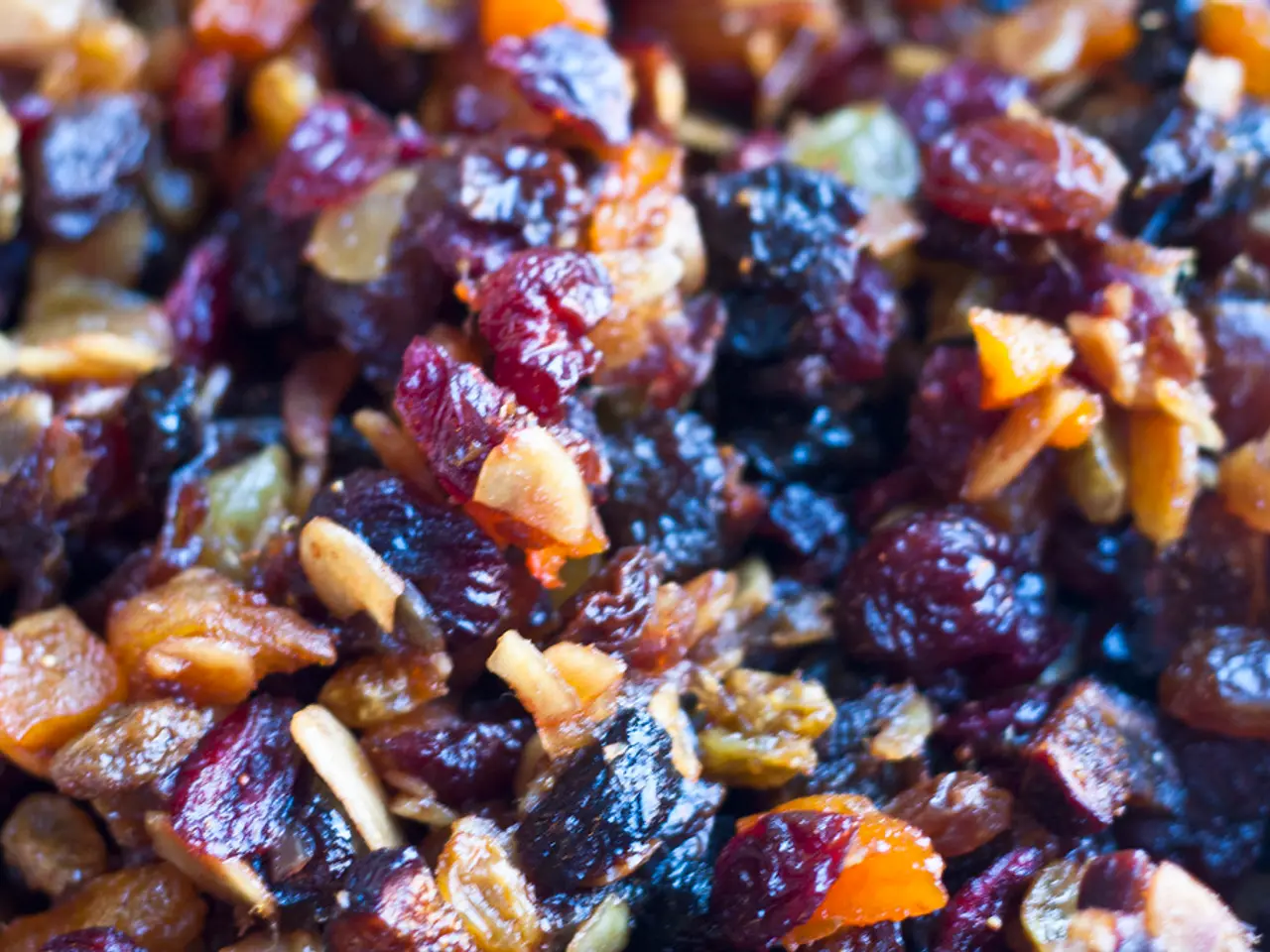US Research by the CDC reveals that over half of the calories consumed by Americans are derived from Ultra-Processed Foods (UPFs)
New Report Reveals High Consumption of Ultra-Processed Foods Among Americans
According to a recent report by the Centers for Disease Control and Prevention (CDC), over half of the total calories consumed by many Americans come from ultra-processed foods (UPFs). The research, based on data from the National Health and Nutrition Examination Survey, found that between August 2021 and August 2023, UPFs accounted for 55% of total calories consumed in individuals aged one and older.
The CDC's report highlights the consumption patterns of UPFs among different age groups. Youth ages 1 to 18 consumed more calories from UPFs than adults, with children ages 6-11 consuming the highest percentage of UPFs (64.8% of calories), followed closely by youths 12-18 (63%). The consumption of UPFs decreases with age, with adults ages 19-39 consuming 54.4% of calories from ultra-processed foods, while adults 40-59 consumed 52.6% and adults 60 and older consumed 51.7%.
Common UPFs consumed among both youth and adults include sandwiches, including burgers, and sweet bakery products, as well as savory snacks, pizza, sweetened beverages, mass-produced breads, rolls, and tortillas. UPF consumption was lower in respondents with the highest family income than those in lower income brackets.
The NOVA classification system, which defines UPFs as industrial formulations of processed foods that typically contain unnatural additives, such as colorings or emulsifiers, continues to classify foods into four groups: unprocessed or minimally processed foods, processed culinary ingredients, processed foods, and ultra-processed foods. However, the NOVA system has been controversial since it first emerged, with critics arguing that it is vague as to what "processed" and "ultra-processed" mean.
Some efforts to establish an updated system for classifying processed foods are underway, most notably from the Novo Nordisk Foundation and the University of Copenhagen. The CDC's report does not provide information about any updates to the Nova classification system.
In summary, the latest CDC report highlights the high consumption of UPFs among Americans, particularly among youth, and the need for ongoing efforts to refine and update food classification systems to better reflect the nutritional quality of processed foods.
| Aspect | Details | |------------------------|-----------------------------------------------------------------------------------------------------------------------------------| | UPF Consumption | Over half of total calories consumed by many Americans come from UPFs | | Age Group Consumption | Youth ages 1 to 18 consume more calories from UPFs than adults | | Common UPFs | Sandwiches, bakery products, savory snacks, pizza, sweetened beverages, mass-produced breads, rolls, and tortillas | | Income and UPF Consumption | UPF consumption is lower in respondents with the highest family income | | NOVA Classification | Four groups: 1) unprocessed/minimally processed, 2) processed culinary ingredients, 3) processed foods, 4) ultra-processed foods | | Controversy | The NOVA system has been criticized for oversimplifying the health impacts of all ultra-processed foods | | Future Efforts | Novo Nordisk Foundation and University of Copenhagen are working on an updated system for classifying processed foods |




